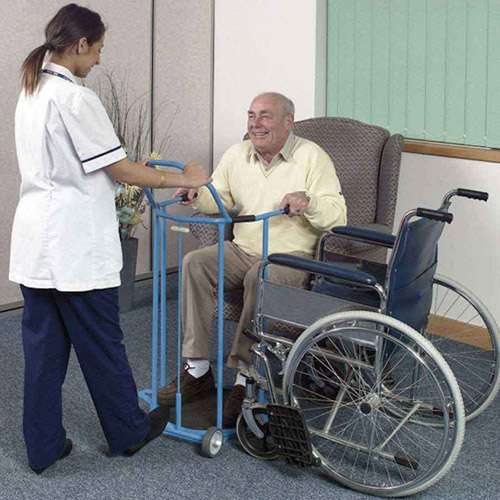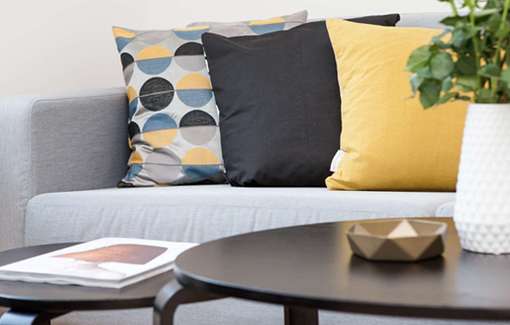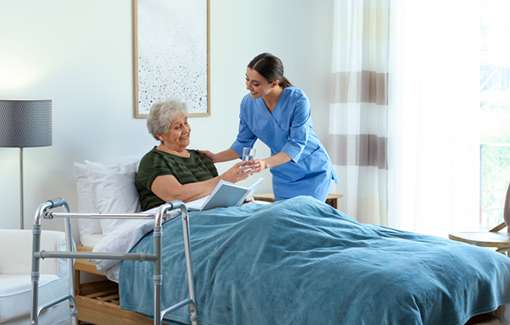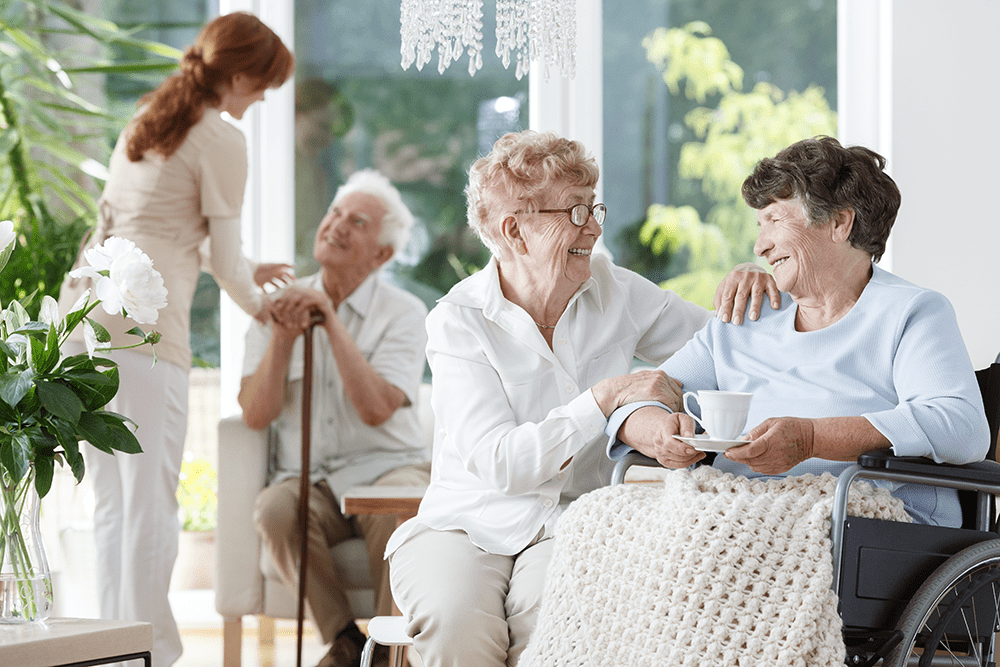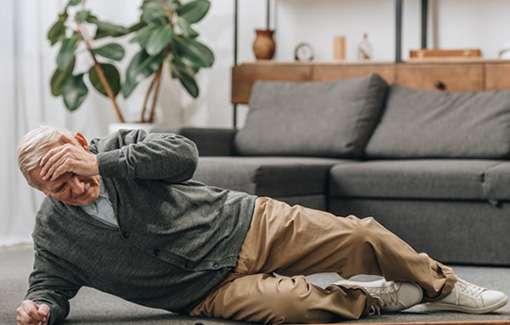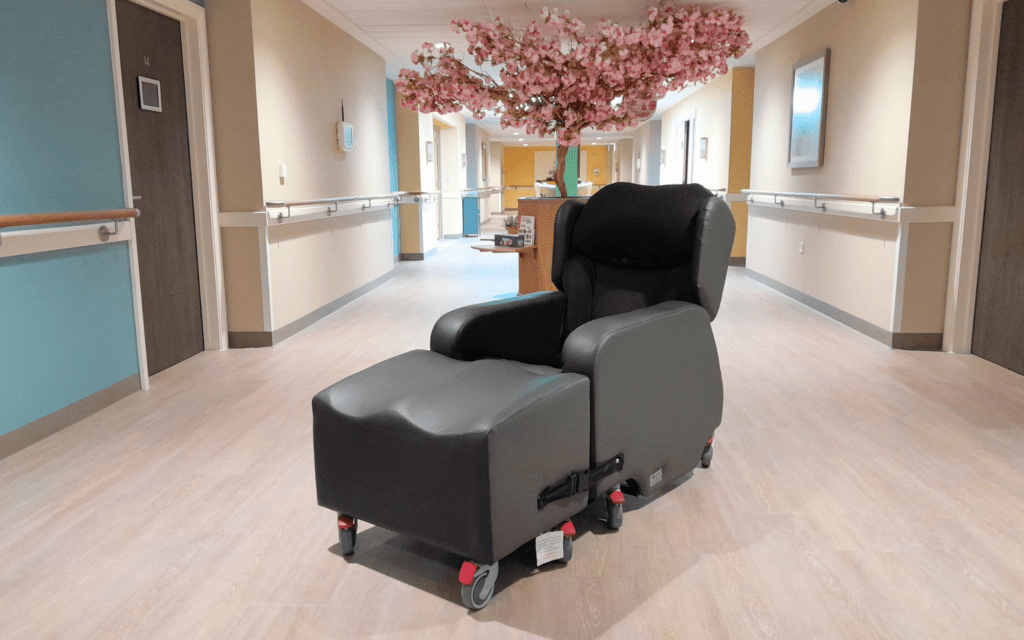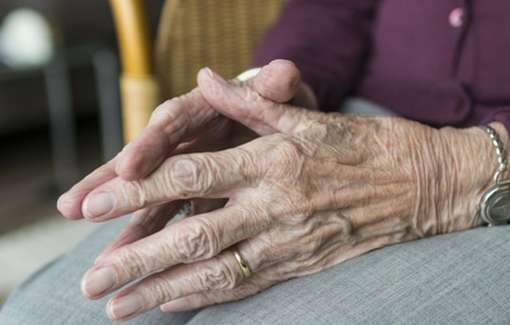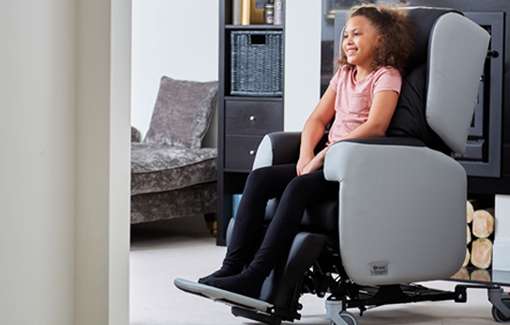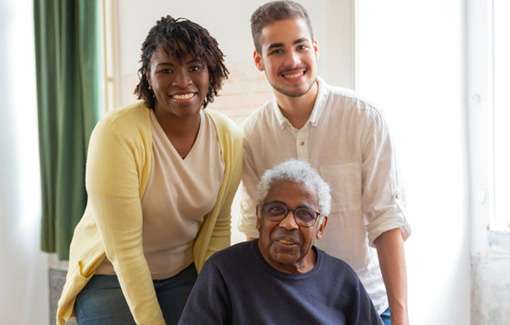Single-handed care is a topic that is much talked about within occupational therapy, manual moving and handling, and the wider healthcare worlds.
But what exactly is single-handed care and what are the potential benefits?
What is Single Handed Care?
Also known as ‘reduced-carer handling’, single-handed care is better understood as a concept rather than a firm definition.
Put simply, single-handed care is the general idea of reducing the number of carers that a task requires.
Reduced care handling is part of a wider trend to require fewer care workers as healthcare systems look to better use the resources of time and staff.
With a growing demand for home care and issues with funding and staffing, this discussion of single-handed care comes up a lot more often now than ever before.
Table of contents
When Is Single Handed Care Needed?
Current operating practice means that care staff working with ‘high-risk’ patients would usually require at least two care staff for moving and handling tasks like hoisting.
Single-handed care looks to lessen the number of care staff needed for a task such as this.
The goal of single-handed care isn’t only to the reduce number of care staff performing a moving and handling task, it is also to take a person-centred holistic approach to care provision.
The intention of this is to eventually lead to an improved care experience for the patient.
Benefits of Two Person Care:
A two-person care system has been the standard operating practice with moving and handling via hoists for some time, so why a new way of working?
Some hoisting systems require two carers to operate — this can be the case in older hoisting systems.
At times, care providers can have policies in place that require their staff to work in pairs when hoisting patients.
This is generally done for safety and oversight reasons, — as well as when working with two-person operated systems — but also as it reduces the physical strain placed on individual carers and makes it easier to move a patient with a hoist.
The lessened physical burden and increased oversight mean that carers can work with a lot of confidence when moving and handling a patient.
In many cases double handed care is not required when the right equipment is provided, or staff are trained in the right way.
Robinson and Arnold, 2012
Benefits of Single Handed Moving and Handling:
The standard practice of moving and handling with two people persisted for many years and came to be expected in care environments.
In 2014, a report investigated the standard ‘double-handed care’ practice for manual handling. The report examined the prevailing status quo at the time and the potential benefits of single-handed care to carers, patients, and cost.
It concluded that “insufficient knowledge of specialist equipment” was a contributing factor to a “culture of proving the case for one carer than the other way around”.
Since then, many care providers have re-evaluated their own stands of practice and have begun to look at the possibility of reductions in their double-handed care.
To do this, a double-handed care review was introduced; this review looked at the package of care being offered and aimed to determine if it should stay the same, increase or decrease.
A 2018 project reviewed patients in Thurrock who were receiving double-handed care packages and identified that a “potential reduction in care” was appropriate in 28% of cases.
44% of respondents reported an improvement in their levels of anxiety & depression, with 91% of clients saying they felt an improvement in their general health state.
The potential benefits of single-handed care do not stop at the patient receiving the care,
Single-handed care is also a method of operation that can be much more efficient.
The same study found that a through single-handed care, the local authority could make a total 214.75 hours per week of reduction in care hours.
This would mean a total of 11,167 hours released to care each year & financial savings of £181,463.75 per annum.
The report found a range of overall outcomes with most being positive for the patient’s wellbeing and comfort, as well as potential cost cutting opportunities.
Self reported ill-health in the Health & Social industry is far higher than the average.
Summary
Single-handed care or ‘reduced-carer handling’ is all about lowering the number of carers needed to meet the manual handling needs of a patient or service-user.
The potential benefits of single-handed care are wide ranging. From increased patient satisfaction, to decreased spending costs and reduced care hours.
This method of delivering care aids in easing the transition from an acute to community care setting for a patient.
Patient familiarity with the various mobility aids used has multiple benefits from reducing anxiety to increasing cooperation.
This is the case with carers too, with reviews showing that staff are more knowledgeable and risk aware.
It’s also a good way to safeguard carers from any potential injuries that could be obtained through strenuous moving and handling that is usually carried out by several care staff.
Each year, around 300,000 people in the U.K. suffer from back pain because of manual handling accidents.
The rate of self-reported work-related ill-health in the Health & Social industry is 5,650 per 100,000, far higher than the 1,680 average across all industries.
The public service union ‘Unison’ reports that “one in three accidents at work are caused by manual handling”.
The cost saving potential of this method of care delivery cannot be understated. Reviews into double-handed care packages have identified a benefit to organisations through an improved use of resources & reduced waiting times.
Having the right equipment is key to delivering excellent care as an individual and single-handed care is a working practice that can be made much easier with just a few items. Read our rundown of the must have single handed care equipment for more information.





